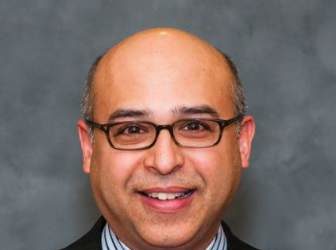New guidance from the U.S. Health and Human Services Department clarifies that individuals on parole, probation, or in-home confinement are not considered inmates and therefore are eligible for Medicaid coverage.
“Today’s actions will immediately begin to give as many as 96,000 of American’s most vulnerable citizens access to needed health care through Medicaid, including mental health and substance use disorder treatment, reducing the risk they will be re-incarcerated or hurt,” Richard G. Frank , HHS Assistant Secretary for Planning and Evaluation, said in a statement .
Historically, most former inmates transitioning back into their communities have been uninsured and have experienced disproportionately high rates of chronic conditions, infectious disease, and mental health issues, according to the HHS. Access to health care through the Medicaid program plays a key role in improving the health of these patients, HHS officials said during an April 28 press conference.
The guidance also makes clear that incarcerated individuals are not prevented from enrolling in Medicaid or renewing their Medicaid enrollment. State Medicaid agencies must accept applications from inmates while they are incarcerated. Once they are enrolled however, the state may suspend the inmates’ eligibility status until they are released from prison or jail. A suspension of enrollment makes it easier for former inmates to resume coverage after they are released, said Rae Woods, a senior counsel at the Department of Justice.
“Inmates do not need to wait to apply for health coverage until after they leave prison [or a] halfway house,” Ms. Woods said during the press conference. “This will prevent former inmates from having gaps during the most crucial time of reentry; the first few days, weeks, and months as they navigate reentry obstacles and are at the most danger at falling back into addiction or crime.”
Currently, 2.2 million people are incarcerated in the United States and 4.7 million people are on probation or parole, a new HHS report finds. More than 95% of incarcerated individuals will return to the community.
On Twitter @legal_med





